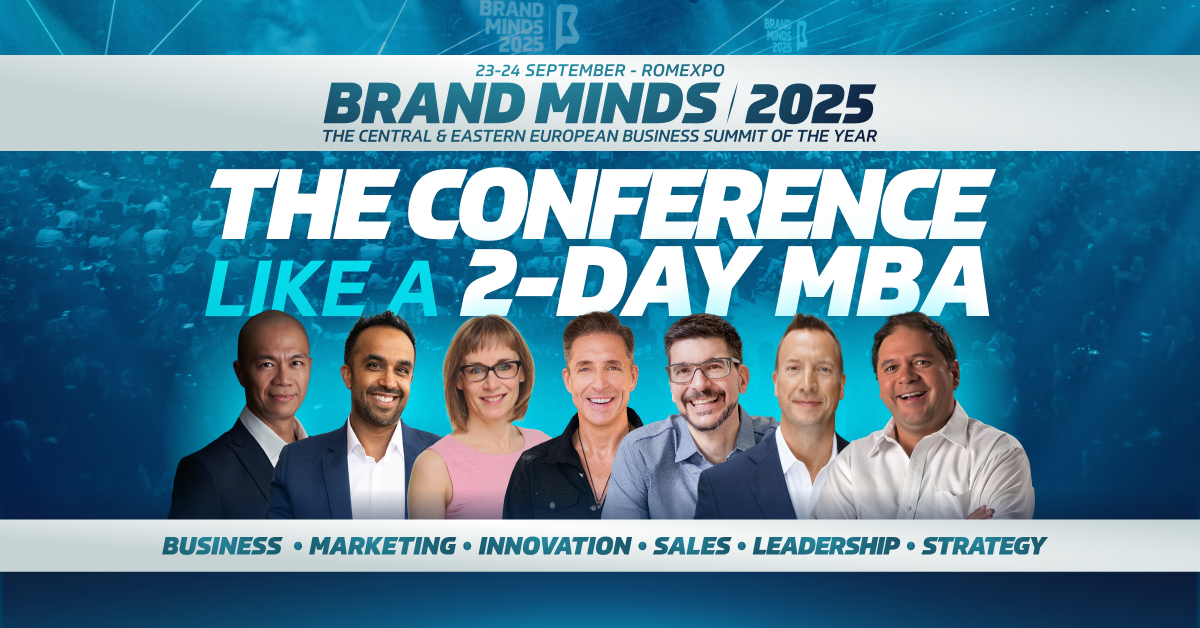What is the McKinsey 7S model explained briefly?
The McKinsey 7S model is a business framework to address the essential role of coordination, rather than structure, in organizational effectiveness.
This business framework states that the organization is not the structure and is a model of organizational change.
Whenever organizations need to adapt to new business environments the hierarchy of the organization (who is tasked with what, who reports to whom, who needs approval from whom etc) is irrelevant.
The organization goes beyond its structure. It’s a complex ecosystem comprised of seven factors which interact with each other and influence an organization’s ability to change.
What are the 7S of McKinsey’s framework?
The seven factors of the McKinsey 7S framework are STYLE, SKILLS, SYSTEMS, STRUCTURE, STAFF, STRATEGY and SHARED VALUES.
For an organization to change successfully, it needs to approach every S factor.
The framework shows that every factor interacts with the other six. The organization cannot make significant progress towards change by focusing on one area and ignoring the rest. The organization must tackle its approach to change by moving into all seven S factors.
Let’s explain every S factor of the McKinsey model.
McKinsey 7S framework – Style
By style, the authors of the McKinsey 7S framework mean culture.
What is organizational culture and why is it essential to an organization’s success?
The culture of a company or organization is a set of shared beliefs, values and practices. The organization’s CEO, founder or top management are responsible for outlining the organization’s culture and hiring the right people that will maintain it.
For many organizations, culture drives success.
Neflix’s No rules policy is at the heart of its culture. The famous entertainment company nurtures employee freedom and encourages responsibility.
At UiPath, the efforts of top management are focused on providing employees with psychological safety beyond anything else.
At Amazon, employees are encouraged to think like an owner.
In every one of these organizations, success is synonymous with innovation and culture is the medium that facilitates innovation.
McKinsey 7S framework – Skills
Skills refers to organizational skills as well as individual skills.
What does your organization do best? What is your organization known for? What are its strengths? Is it creativity and design? Is it distribution or sales?
BMW is known for its innovative engineering and fast engines.
Coca-Cola has one of the most successful distribution systems in the world.
Louis Vuitton is renowned worldwide for its high-quality luxury handmade handbags.
The skills factor is also important to reveal skills gaps in the organization. With the business environment being disrupted by new technologies, organizations face increasing needs to fill skills gaps. They can either hire highly-specialized talent or upskill their current employees.
Another question that organizations must aks is do we need to improve hard skills or soft skills?
It’s an important question because the needs of an organization may shift every few years to follow changes taking place in our society. Read about the top 5 most in-demand soft skills in 2021.
Marketing is an industry where learning never stops. The professional growth and career advancement of a marketer now hinge on his or her desire and ability to learn new things. Read 4 skills that every successful marketer should acquire in 2021.
McKinsey 7S framework – Systems
By systems, the McKinsey framework means all the procedures, formal and informal, that make the organization go day by day.
How does the organization get things done?
Here are some of the main systems that an organization operates to achieve its goals:
- IT
- Financial
- Hiring
- Customer service
- Product development and delivery
- Information management
- Internal communication
- Planning
- Employee evaluation
There is a significant difference between how organizations were doing customer service in the 1980s and how it’s done today.
Organizations nowadays have a slew of digital tools they can use to solve the customer’s requests efficiently – Chatbots, Whatsapp, social channels etc.
McKinsey 7S framework – Structure
The structure factor of the McKinsey 7S framework refers to the way the organization is structured.
Is it centralized, decentralized or a hybrid?
Historically, the first organizations were centralized with one man, ie the founder or the CEO, taking every decision.
Apple under Steve Jobs is an example of a centralized organization where the founder made decisions regarding design, functionality, features etc.
The centralized organization can be very effective and ensures that the founder’s vision is carried out throughout the company and reflected in the product. But when the organization scales up, this type of organizational structure reveals its flaws. The organization is slow to make decisions and adapt to changing circumstances.
Starting with the 1950s, decentralization became the focus of organizations which had achieved a certain level of size and complexity.
Within these organizations, the number of employees had increased and subsequently the number of interactions required to make things work. The size and complexity of these organizations had become a burden and they were in danger of breaking down.
Decentralization was the solution. A decentralized organization is able to make decisions fast and adapt swiftly to its environment.
Other organizational structures are the line structure, the functional structure, the line-and-staff structure, the project-based structure, the matrix structure etc.
McKinsey 7S framework – Staff
Staff refers to the people in the organization and looks into the ways the organization nurtures and develops its employees.
How does the organization motivate its employees? What strategy does the organization employ to hire for diversity? Once diversity achieved, does the organization have an inclusion strategy?
Workforce diversity is a competitive advantage. A team which includes members of different generations, background cultures, interests and talents provides the organization with different insights and perspectives and drives creativity.
McKinsey 7S framework – Strategy
Strategy is defined as the actions a company plans to take to achieve its business objectives.
The plan outlines what (resources), how (specific tools, activities, platforms etc) and why (the reasons behind your choice of a specific resource or tool) the company will use to achieve its goals.
The strategy’s secondary goal is to define how the organization differentiates itself from the competition and create unique value. Learn how to create a strategic plan in 5 steps.
A successful organization must be able to change its strategy to match the current business environment. When organizations fail to see the need to change, they miss out on the opportunity to adapt and survive.
Nokia’s culture of status, shared fear and temporal myopia made the company vulnerable to competitive forces and prevented it to adapt its strategy (more on this in Why did Nokia fail?).
Microsoft, on the other hand, learned from Nokia’s mistakes (Microsoft acquired Nokia in 2014). When Satya Nadella became CEO, his main leadership challenge was to change the company’s culture. In his opinion, “The C in CEO stands for Culture”.
McKinsey 7S framework – Shared values
What is the organization trying to achieve? What is the organization’s social mission? How does the organization respond to the question Why?
In 2009, best-selling author Simon Sinek defined the concept of Why as the purpose, cause or belief that drives every one of us, leaders and employees alike.
Google’s mission is to organize the world’s information and make it universally accessible and useful.
TikTok’s mission is to inspire creativity and bring joy.
BRAND MINDS’ mission is to unite the business world by providing world-changers with the ultimate business experience.
Having a clear mission statement and delivering on it is paramount for a company’s reputation and bottom line. Consumers and employees expect organizations to stand for something. When they fail to deliver, organizations are met with protests and call-outs. For some organizations, change is now coming from employees putting pressure on the management, not the other way around.
Join the Conversation
We’d love to hear what you have to say.
Get in touch with us on our LinkedIn Page, Facebook Page, Twitter or TikTok.



















